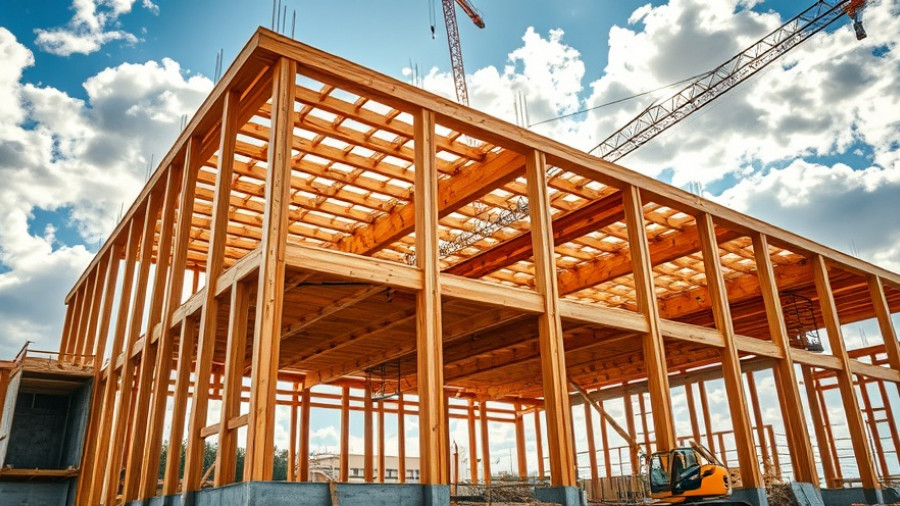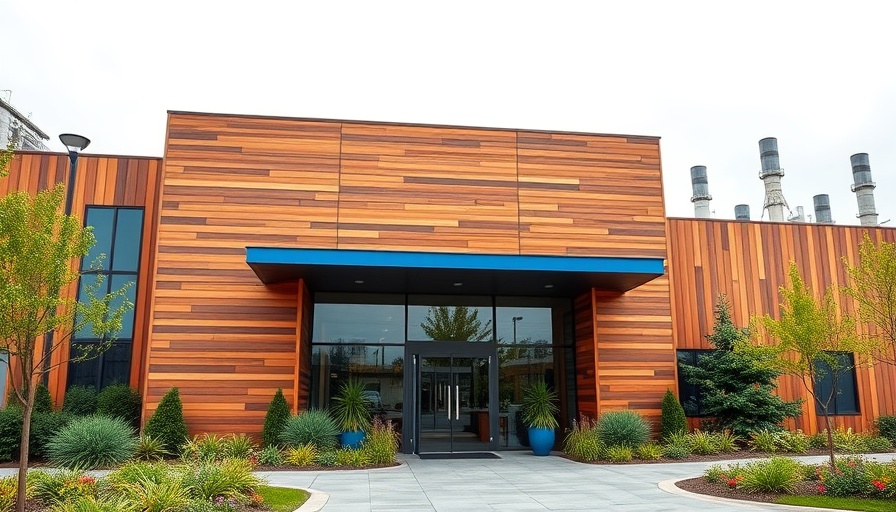
Understanding the Potential Changes in OSHA's Heat Regulation
As the Occupational Safety and Health Administration (OSHA) embarks on hearings regarding a revised heat rule, many in the construction industry remain on edge. Initially perceived as a regulatory measure that would stall under the Trump administration, recent statements suggest that we may see a toned-down version of the proposed regulation rather than a complete abandonment of the idea.
Jason Mills, an OSHA litigation lawyer, points out a significant shift with the appointment of Lori Chavez-DeRemer as Labor Secretary. Chavez-DeRemer, a former Republican congresswoman from Oregon, has established a rapport with unions due to her previous support for legislation like the PRO Act. This background opens the door for a possible middle ground that could balance both labor and business interests in the crafting of the new regulation. With pressures mounting from both sides, the path forward remains uncertain yet intriguing.
The Intersection of Business Interests and Labor Rights
Experts analyzing the hearings highlight that while labor organizers are advocating for stronger protections, businesses are equally concerned about the implications of new regulations. The hearings so far have revealed that OSHA remains careful with its approach, opting to use language that allows it to pull back if necessary. Alana Genderson, another legal expert from Sidley Austin, comments on OSHA’s cautious rhetoric, which signals the agency's ability to navigate the complexities of the regulatory landscape. This is particularly important in construction, where outdoor workers face health risks related to heat exposure.
The Financial Ramifications of Heat Regulations
A revamped heat standard could have substantial financial implications for construction firms. Businesses may incur additional costs due to required modifications in work practices, training, and safety equipment. However, understanding the potential cost-benefit of such regulations could be vital for executives making strategic investment decisions. Implementing effective heat safety measures not only protects workers but can also mitigate risks of costly heat-related injuries and associated legal ramifications.
Future Predictions: What Lies Ahead for OSHA's Heat Rule?
Looking forward, the consensus among experts is that some form of heat standard will likely emerge from these ongoing discussions, albeit not in the form initially proposed by the Biden administration. Phillip Russell, a litigator in Washington D.C., anticipates that although the final rule will deviate from the original guidelines, it will still represent a step toward ensuring worker safety in extreme conditions.
This potential revision of regulations underscores the need for business leaders, property developers, and facility managers to stay informed and consider how they might influence or respond to upcoming OSHA decisions. Understanding these developments guides strategic planning and allows firms to remain competitive while prioritizing health and wellness in the workplace.
Call to Action: Get Ahead of the Heat Regulations
As these discussions progress, it is crucial for stakeholders in the construction and property development sectors to voice their opinions and prepare for upcoming changes. Engage with industry organizations, stay updated with OSHA developments, and be proactive in adjusting your safety standards. This proactive approach will not only ensure compliance but also fortify your commitment to the safety and well-being of your workforce.
 Add Row
Add Row  Add
Add 




Write A Comment